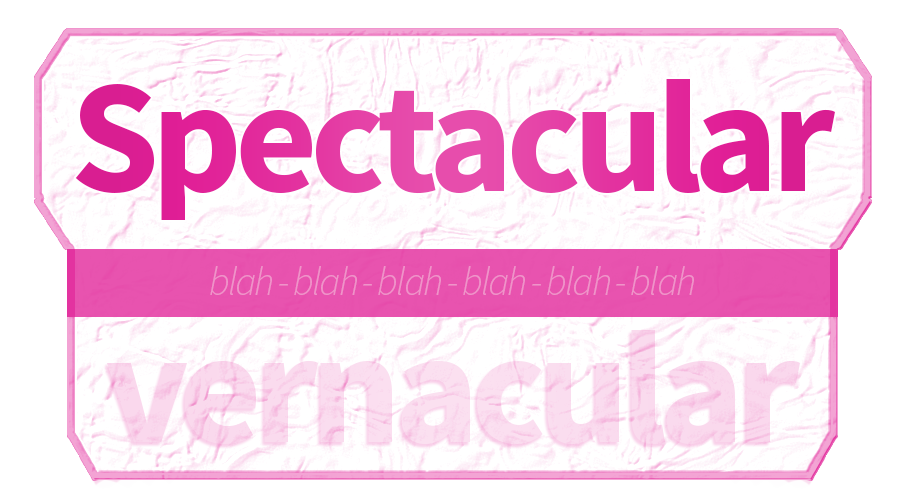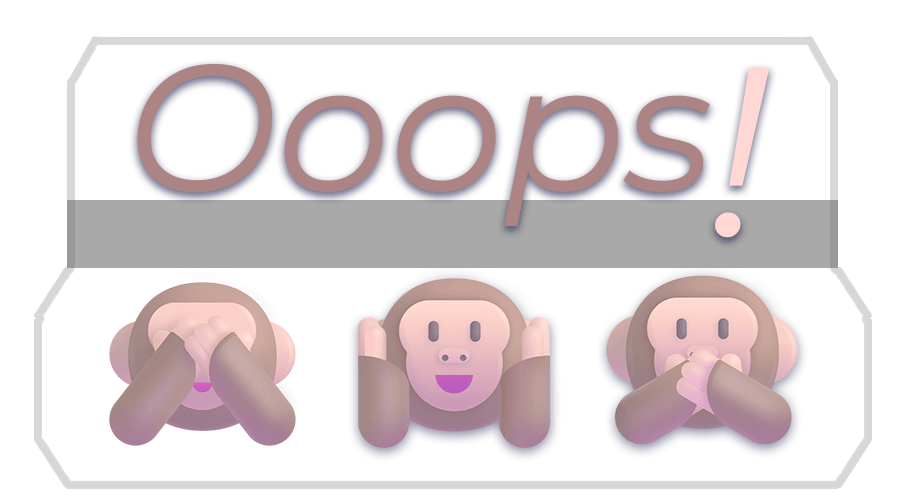AILAGAO 029 Present perfect continuous: sentenças afirmativas, interrogativas, negativas 352AH
Subject + have / has been + verbo na forma -ing
O presente perfeito contínuo é usado para expressar ações prolongadas que começaram no passado e ainda estão acontecendo no presente ou acabaram de ser concluídas.
Este tempo verbal é formado com o presente perfeito de be e a forma -ing do verbo principa e ajuda a conectar uma ação passada com o momento atual, indicando continuidade e o impacto no presente. A ênfase está na duração da ação ou atividade, ao invés de quando ela começou ou terminou.
Em português, temos o equivalente ao presente perfeito contínuo em frases como “Eu estou estudando” ou “Ela tem trabalhado muito”. A diferença principal está na forma verbal: enquanto o português usa o verbo “estar” ou a forma “tem + verbo” com a ideia de continuidade, o inglês faz uso de “have/has been” + verbo com a terminação -ing.
Este tempo verbal é frequentemente usado para falar sobre atividades em andamento, ações que começaram no passado e ainda estão afetando o presente, ou até mesmo ações que terminaram recentemente, mas cujos efeitos ainda são visíveis. Ele pode ser usado para enfatizar a quantidade de tempo que algo tem ocorrido ou para descrever uma atividade contínua.
Literature
From “The Great Gatsby” by F. Scott Fitzgerald, 1925:
“I’ve been everywhere, and I’m always looking for something, but it’s all the same.” In this quote, Gatsby reflects on his long quest, indicating how he’s been searching for meaning in his life, a process that has been ongoing for years, mirroring the continuous aspect of the present perfect continuous tense.
Song Lyrics
From the song “I’ve Been Loving You Too Long” by Otis Redding, 1965:
“I’ve been loving you too long To stop now There’s so much love I can’t let go.” These lyrics show the singer’s ongoing affection, expressing how his love has been a continuous force over time, perfectly capturing the essence of the present perfect continuous tense.
Negative
| Negative | ||
| I / You / We / They | have not (haven’t) been | practising all day. |
| He / She / It | has not (hasn’t) been | working on his project. |
Affirmative
Subject + have / has been + verbo na forma -ing
| Affirmative | ||
| I / You / We / They | have (‘ve) been | practising all day. |
| He / She / It | has (‘s) been | running since 7 AM. |
I’ve been running for half an hour. (and I’m still running)
She has been cooking all afternoon. (she’s just finished)
Negative
Forma negativa completa: Subject + have / has not been + verbo na forma -ing
Forma negativa curta: Subject + haven’t / hasn’t been + verbo na forma -ing
| Negative | ||
| I / You / We / They | have not (haven’t) been | practising all day. |
| He / She / It | has not (hasn’t) been | working on his project. |
I haven’t been waiting for very long.
She hasn’t been studying French long.
Interrogative
Forma interrogativa: Have / Has + sujeito + been + verbo na forma -ing
Respostas curtas: Yes, / No, + pronome do sujeito + have / has / haven’t / hasn’t
| Interrogative | |||
| Have | I / you / we / they | been | practising all day? |
| Has | he / she / it | been working on the project for hours? |
‘Have you been painting the kitchen?’ ‘No, I haven’t. I’ve been painting the bathroom.’
‘Has she been waiting for you all this time?’ ‘Yes, she has. She’s been very patient.’
Uso do Presente Perfeito Contínuo
- Dizer o que estávamos fazendo até o momento da fala. A ação pode ainda estar acontecendo ou ter acabado, mas com sinais visíveis no presente.
‘You’re soaking wet!’ ‘Yes. I’ve been walking in the rain all the way from school.’
- Destacar a quantidade de tempo que uma ação prolongada tem ocorrido. Para isso, usamos expressões como all day / all day long, all night, all week.
I’ve been calling people on the phone all day. This is really hard work!


















